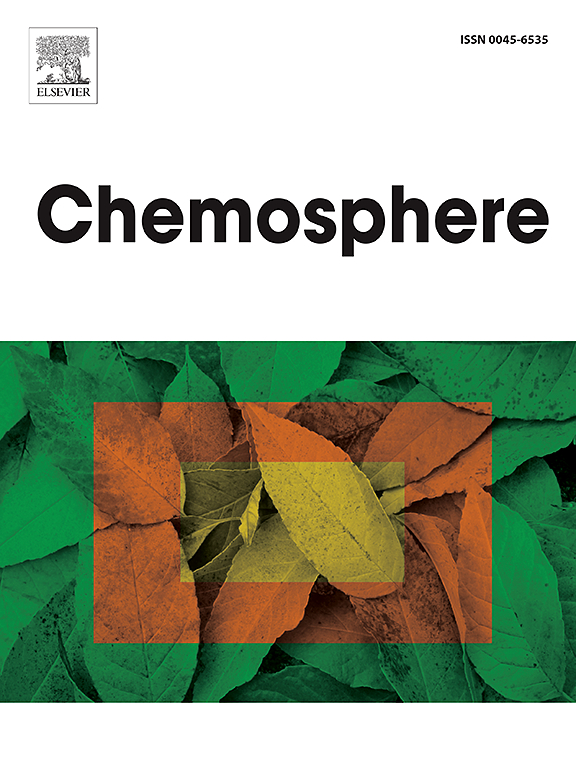Functional gene array and non-target soil microorganisms in nanopesticides captan@ZnO35–45nm and captan@SiO2 20–30nm environmental risk assessment
IF 8.1
2区 环境科学与生态学
Q1 ENVIRONMENTAL SCIENCES
引用次数: 0
Abstract
Currently there are no widely recognized standards for assessing the environmental risk of nanopesticides. Therefore, whether they are safer than conventional pesticide products remains open to discussion. We used non-target soil microorganisms as indicators of environmental change and applied functional gene arrays (FGAs) using GeoChip 5.0S targeting 151 000 genes involved in ecologically relevant functions. We synthesized nanofungicides in which the active substance captan was bound to inorganic nanocarriers (ZnO and SiO2) to examine the functional capabilities of microbial communities. During a 100-day microcosm study, changes in soil were compared to the effect of pesticide and nanocarriers alone. Based on 72 functional gene diversity profiles, we conducted environmental risk assessment of nanopesticides. Nanoagrochemicals affected the alpha and beta diversity of microbial functional genes, and the most profound negative effect was detected for captan, impacting carbon cycling and the organic remediation process from day 30. Additionally, the effect of nanopesticides changed during the experiment. On day 42, the effect was nanocarrier-dependent, and an increase of genes involved in denitrification (nirS, norB), archaeal conversion of N2 to NH3 and fungal N-assimilation was observed, especially for SiO2-treated set-ups. After 100 days, the negative effect was mainly related to the active substance released from the nanocarrier impacting the nitrate reductase gene (narG) and genes from the denitrification and nitrogen fixation subcategory. Analysis of microarrays did not indicate a recovery process for carbon cycling. Moreover, pesticide and nanoagrochemicals affected arsenic detoxification (aoxB, arsM, arsC), which may lead to an elevation of toxic As(III) availability. Our study indicated that FGAs are a sensitive method, revealing long-term changes previously undetected by other methods, including next-generation sequencing (NGS). This is the first study to confirm the usefulness of GeoChips for the evaluation of microbial redundancy as an important factor for fair environmental risk assessment of nanopesticides.

求助全文
约1分钟内获得全文
求助全文
来源期刊

Chemosphere
环境科学-环境科学
CiteScore
15.80
自引率
8.00%
发文量
4975
审稿时长
3.4 months
期刊介绍:
Chemosphere, being an international multidisciplinary journal, is dedicated to publishing original communications and review articles on chemicals in the environment. The scope covers a wide range of topics, including the identification, quantification, behavior, fate, toxicology, treatment, and remediation of chemicals in the bio-, hydro-, litho-, and atmosphere, ensuring the broad dissemination of research in this field.
 求助内容:
求助内容: 应助结果提醒方式:
应助结果提醒方式:


